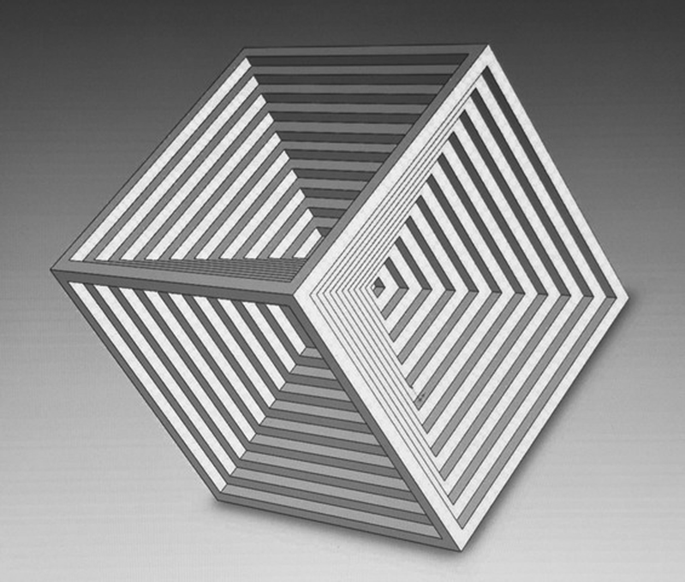npj Microgravity ( IF 4.4 ) Pub Date : 2019-11-11 , DOI: 10.1038/s41526-019-0085-0 Donald Pettit , Pietro Fontana

|
Sodium chloride (NaCl) grown in terrestrial conditions form hopper cubes under diffusion controlled mass transport (Péclet number: ≪ 1), high supersaturations (S > 1.45), and fast growth rates (10–110 µm/s) over periods only maintainable for seconds to minutes yielding hopper cubes typically <250 µm. Here we report on NaCl hopper cubes grown in microgravity on the International Space Station (ISS) by evaporation of brine. They grew under diffusion limited mass transport (Péclet number: ~4 × 10−4 − 4) at low supersaturation (S < 1.002) and slow growth rates (0.34–1 µm/min) over periods of days to weeks. Due to the lack of sedimentation, symmetrical hopper cubes, 2–8 mm were produced. The most striking differences between microgravity and terrestrial gravity hopper growth conditions are low supersaturation and slow growth rates over long periods of time. Large, 1–20 cm naturally occurring symmetrical NaCl hopper cubes are found suspended in brine soaked mud, hypothesized to be produced in a slow growth, diffusion dominated environment. We speculate these geologic conditions allow for hopper growth similar to that of microgravity.
中文翻译:

在微重力和地面条件下生长的氯化钠料斗的比较
在陆地条件下生长的氯化钠(NaCl)在扩散控制的质量传输(Péclet数:≪ 1),过饱和度高(S > 1.45)和快速生长速率(10–110 µm / s)的情况下形成,只能保持数秒至数分钟即可得到通常小于250 µm的料斗。在这里,我们报告了通过盐水蒸发在国际空间站(ISS)上在微重力下生长的NaCl漏斗立方体。他们长大扩散的限制质量传输下(Peclet数:〜4×10 -4 - 4)在低过饱和(小号 <1.002),并且在数天至数周内的增长率缓慢(0.34–1 µm / min)。由于缺乏沉淀,因此产生了2–8 mm的对称料斗立方体。微重力和地面重力漏斗的生长条件之间最显着的差异是过饱和度低,并且长时间内生长速度较慢。发现大型1–20 cm自然存在的对称NaCl漏斗立方体悬浮在盐水浸泡的泥浆中,假设它们是在缓慢生长,扩散为主的环境中生产的。我们推测这些地质条件使料斗的生长类似于微重力。


















































 京公网安备 11010802027423号
京公网安备 11010802027423号